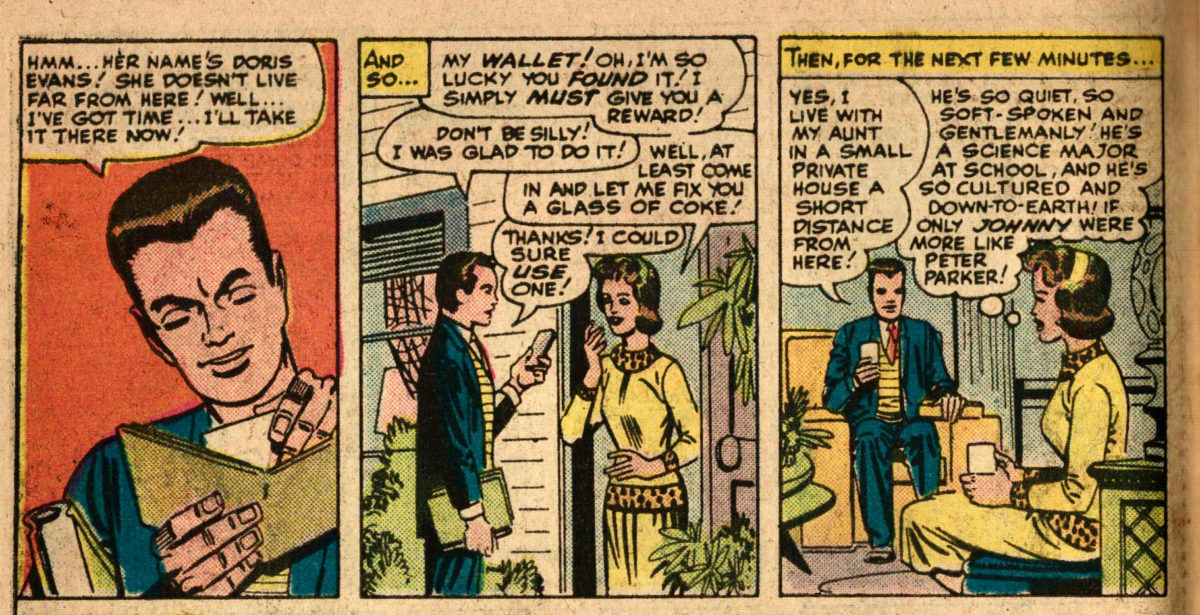Featuring: Sgt. Fury and his Howling Commandos
Release: March 3, 1964
Cover: May 1964
12 cents
Powerfully written by: Ex-Sergeant Stan Lee
Brilliantly drawn by: Ex-Infantryman Jack Kirby
Inked by: Geo. Bell
Lettered by: Art Simek
22 pages
We’re losing track of time a little because we’ve already read four comics from March and even one from April, but we are now actually finished with February and officially starting our March reading with this issue. So let’s take a moment to see what else is going on in the comics world in March 1964.
Our reading began in 1961 with Fantastic Four #1. We haven’t been covering every Marvel title; we’ve skipped all the western and humor comics that predate FF#1. We’ve been reading parts of all the horror titles as they have slowly transitioned to being superhero titles. We’ve read every new series Marvel has put out since, all superhero comics except for this title, Sgt. Fury. A new Marvel title premieres this month, the first new title that will be outside our scope: Monsters to Laugh With. It’s a comic I’ve never read and don’t have easy access to. The comic uses actual stills from monster movies and adds humorous word balloons to them, for some definition of “humorous”. Taint the Meat has a good description of the series.

This month also sees a significant comic show up at the Distinguished Competition. Detective Comics #327 debuts the “new look” Batman with the now-famous yellow oval around the logo and a new style of storytelling to go with it. Upping their game a bit, perhaps to compete with Marvel.
But this is also a significant issue in the history of Sgt. Fury. As Jack Kirby bids the series goodbye. Now that he’s the regular artist on Thor, it makes sense that something had to give. But it’s too bad it’s this. I think this series has so far been Lee and Kirby’s best work, and Kirby seemed to have a real passion and enthusiasm for these characters and stories. I am sad to see him go.
Continue reading “Sgt. Fury #7”






































